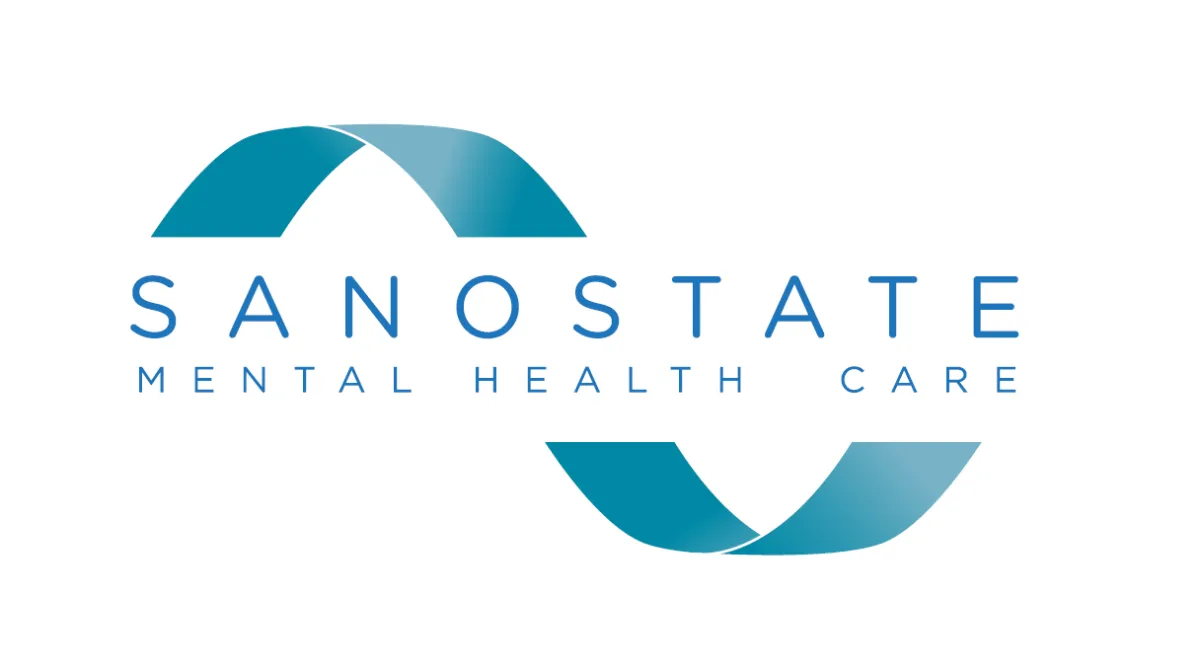General Inquiries: (587) 333-6349 - info@sanostate.com



Neurofeedback: Pros, Cons and Considerations
“Neurofeedback is definitely not as widely used as it should or could be. This is not for lack of efficacy or safety… ” - Kayla Taylor
We love Neurofeedback Therapy for so many reasons! The top reason would be due to the benefits we see in the people we work with, including our own staff and families. There are so many great success stories and lives improved by this treatment. It’s also a relaxing and easy experience for most of our clients, with some even sleeping through their sessions. It can help so many things, and clients come back saying they notice improvements in different areas of their lives, including happiness levels, better relationships, decreased pain and physical problems, better focus and sleep, and all from the same sessions! And how fun to be able to see an image of the brain before and after treatments to help gauge how you’re doing?
So why don’t more people know about (and do) Neurofeedback? We get this question a lot!! Neurofeedback is definitely not as widely used as it should or could be. This is not for lack of efficacy or safety… I would suggest it has more to do with factors including these three:
1) Knowledge and specialization of practitioners
2) Barrier to access for the practitioners and/or the clientele
3) Variations in available equipment and protocols
1. Knowledge and Specialization of Practitioners:
Neurofeedback therapy is a specialization above and beyond the current masters and PhD level programming in psychology and/or counselling. Psychologists offering this treatment have to take additional training and certification in NF therapy, adding months or years of time to their education, not to mention the associated financial costs.
After finally completing education in the field of psychology, practitioners then begin their careers under the supervision of another practitioner. It can be a challenge to find a supervisor willing to take on someone new in the field. When supervision begins, the types of treatment offered will be limited to what the supervisor is competent in. In such cases, additional supervision will be required on top of this to become competent in neurofeedback.
Practitioners need to consider if this is ‘worth it.’ For example, is it beneficial for the particular client population and presenting concerns they are interested in, competent in treating, and have set out to work with? For these reasons, most practitioners will choose not to specialize in NF or will choose other (or no additional) specializations. When there are fewer practitioners using a modality, it will be less well-known, regardless of how effective or beneficial it is.
2. Barrier to Access for the Practitioners and/or the Clientele
Not only does Neurofeedback require specialized knowledge and experience (see above), but it also requires purchasing hardware and software. This can present another barrier for practitioners. This often factors into a psychologist’s decision-making about whether to specialize in NF or not. Imagine being a broke graduate (after already completing a minimum of six years and up to ten or more years of schooling), wondering if you should keep studying and spending money to become even more specialized in a treatment modality.
There can also be barriers to access for clients due to the cost of treatment and time commitment. It would be nice if the public health system offered NF as a treatment method, but they don’t right now and so private practices are the primary options for seeking this specialized treatment and not everyone can afford this. Yet many people aren’t aware of options for private therapy, and not all practices are doing NF, so this relates to the point above about NF being less well known and even when people do come across this as an option, it might be something they disregard due to the cost or time commitment or the time it can take to establish results. It is definitely not as quick as medication, but it also doesn’t just ‘wear off’ over a number of hours, like medication does.
3. Lack of Standardization of Equipment and Protocols
Last but not least, there is not just one way of doing Neurofeedback. Just like there is not just one way of doing counselling or just one medication available to treat a particular disorder, there are:
- Several different software programs (some with limitations purchasing – only to licensed professionals; some without - open to the general public to purchase and use)
- Some variation in hardware (e.g., dry or wet sensors)
- Major protocol variation (e.g., where on the head to train and what brainwaves to train)
Given this, it is not standardized; there are countless ways that NF can be done. It is up to the practitioners themselves to engage in the appropriate amount of training and continuing education and practice within their scope of competency.
In psychology, we have ethical standards and legal guidelines in the Health Professions Act to abide by. For example, like doctors, we have an ethical obligation to do no harm and, better yet, to do good. Usually, this is done by utilizing scientifically researched best practices and modalities within our competency levels. If you want to do your due diligence as a person interested in psychological intervention, you can ask practitioners what education they have, what training or other certifications they may have, how many years they have been practicing NF specifically, and how competent they feel to treat your presenting concern.
I hope this gives you some food for thought about Neurofeedback therapy if you have been considering trying it or have heard about it but are a little cautious about committing to it. We are happy to discuss more anytime and help you determine if NF can help support your mental health.
If you’d like to learn or discuss more, please get in touch click HERE or call us at 587-333-6349 💙.
References
Huang, W., Wu, W., Lucas, M. V., Huang, H., Wen, Z., & Li, Y. (2021). Neurofeedback training with an electroencephalogram-based brain-computer interface enhances emotion regulation. IEEE Transactions on Affective Computing. Doi.10.1109/TAFFC.2021.3134183
Vlachou, J. A., Polychroni, F., Drigas, A. S., & Economou, A. (2022). Neurofeedback and ADHD. International Journal of Recent Contributions from Engineering, Science & IT (iJES), 10(01), 47-56. https://doi.org/10.3991/ijes.v10i01.29079
Disclaimer
Our content is for informational and educational purposes and is not a replacement for professional advice, diagnosis, or treatment. If you're facing mental health concerns, please seek help from a qualified professional for personalized guidance. Every individual's situation is unique, so use the information here at your discretion. While we strive for accuracy, the field of psychology is ever-evolving, and our content may not always reflect the latest research. Please prioritize your privacy by avoiding sharing personal information in comments or interactions. Your well-being is our top concern, so use our content for educational purposes, but remember to rely on professionals for your specific needs.
General Inquiries:
Our Locations:
Additional Resources:
About Us:
We strive for excellence in psychological treatment. We are committed to providing professional, caring, innovative, and research-based services.
© 2024 Sano State Taylored Psychology. All Rights Reserved.

